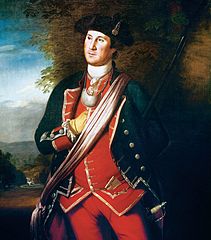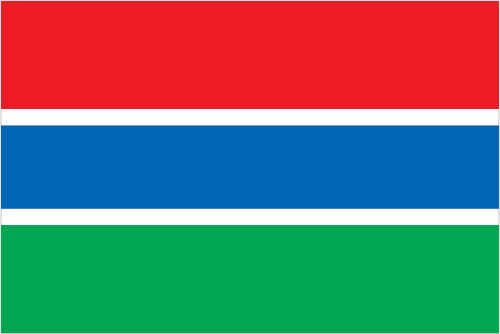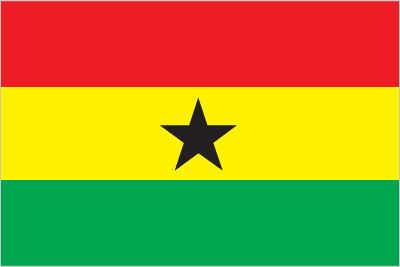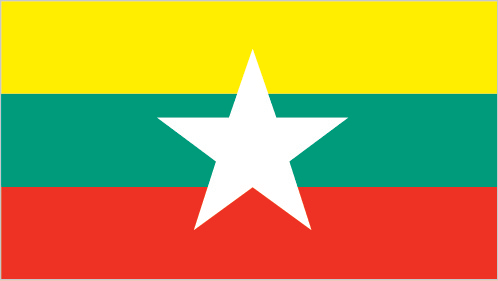
Flag of Myanmar
Myanmar, also known as Burma, celebrates Independence Day. It became free from British rule in 1948. According to the CIA World Factbook, Myanmar is a bit smaller than Texas. About 55 million people live in this southeast Asian country, and about 4.25 million people live in the capital of Rangoon. Monsoons plague this resource-rich, including natural gas, timber, and mining, country. Older children could learn more at: Myanmar.
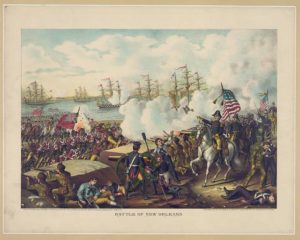
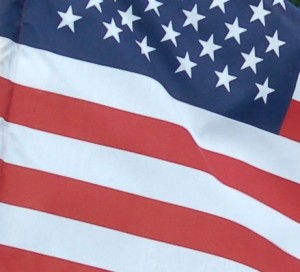 Britain. The United States officially became an independent country. Thomas Jefferson, chairman of the ratification committee, went through difficult circumstances to get the necessary signatures on the ratification. He needed approvals from nine of the thirteen colonies. However, that winter was extremely brutal, and many delegates struggled to get to Maryland to sign the document. Finally, on January 14th two more delegates arrived, and the minimum nine signatures made the document a real treaty. Three copies of the document were sent on three different ships back to England. Even the journeys to the ships were challenging, and the ocean voyages were unusually difficult. Children can read about the document at:
Britain. The United States officially became an independent country. Thomas Jefferson, chairman of the ratification committee, went through difficult circumstances to get the necessary signatures on the ratification. He needed approvals from nine of the thirteen colonies. However, that winter was extremely brutal, and many delegates struggled to get to Maryland to sign the document. Finally, on January 14th two more delegates arrived, and the minimum nine signatures made the document a real treaty. Three copies of the document were sent on three different ships back to England. Even the journeys to the ships were challenging, and the ocean voyages were unusually difficult. Children can read about the document at: 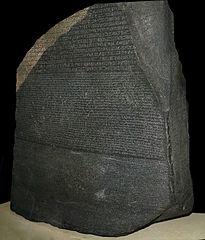

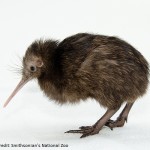
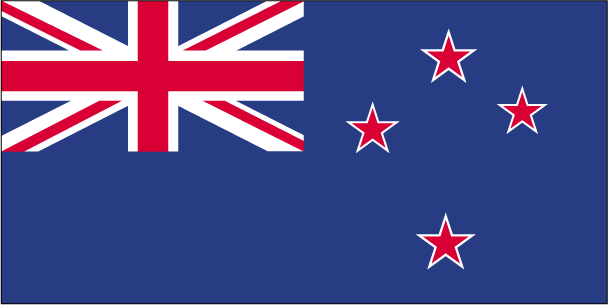 New Zealand remembers Waitangi Day. In 1840 the Maori and the Europeans signed the Treaty of Waitangi, permitting Great Britain to develop New Zealand. About the size of the state of Colorado, New Zealand is comprised of mostly mountains with some coastal plains. Slightly over four million people live on the islands. Wellington is the capital. The country exports dairy products, meat, wool, and wood products. The kiwi is native to New Zealand. Children can learn more at:
New Zealand remembers Waitangi Day. In 1840 the Maori and the Europeans signed the Treaty of Waitangi, permitting Great Britain to develop New Zealand. About the size of the state of Colorado, New Zealand is comprised of mostly mountains with some coastal plains. Slightly over four million people live on the islands. Wellington is the capital. The country exports dairy products, meat, wool, and wood products. The kiwi is native to New Zealand. Children can learn more at: 